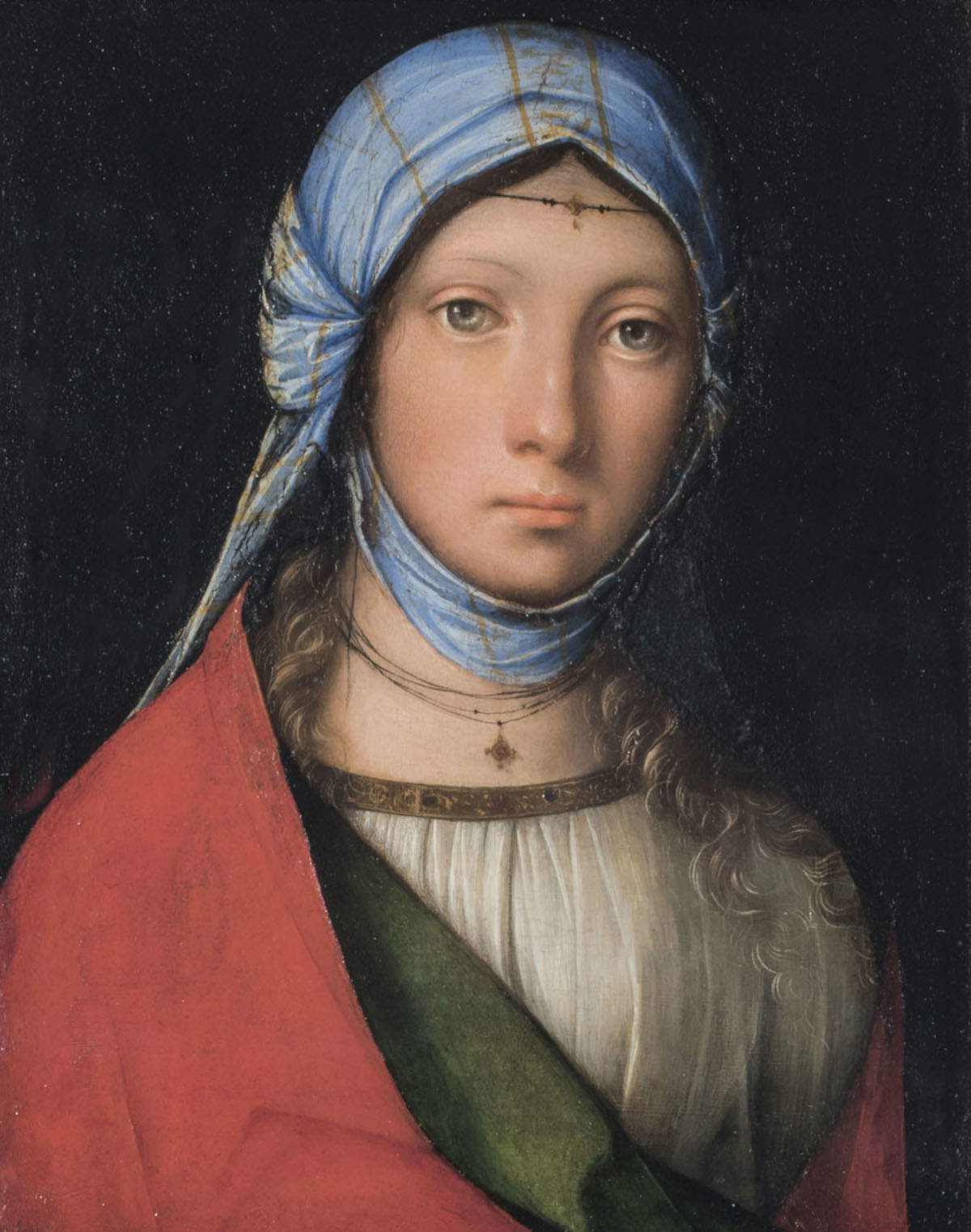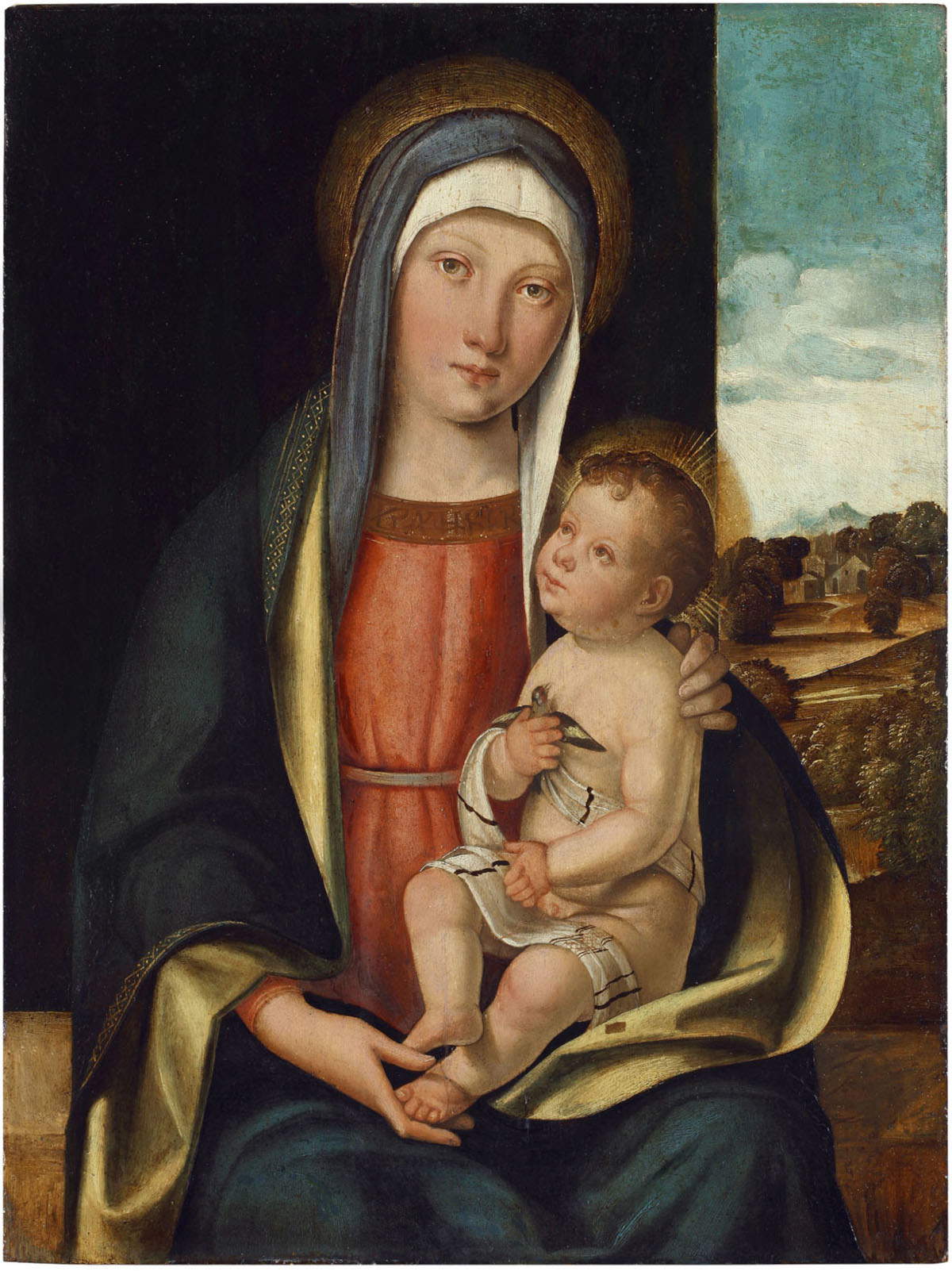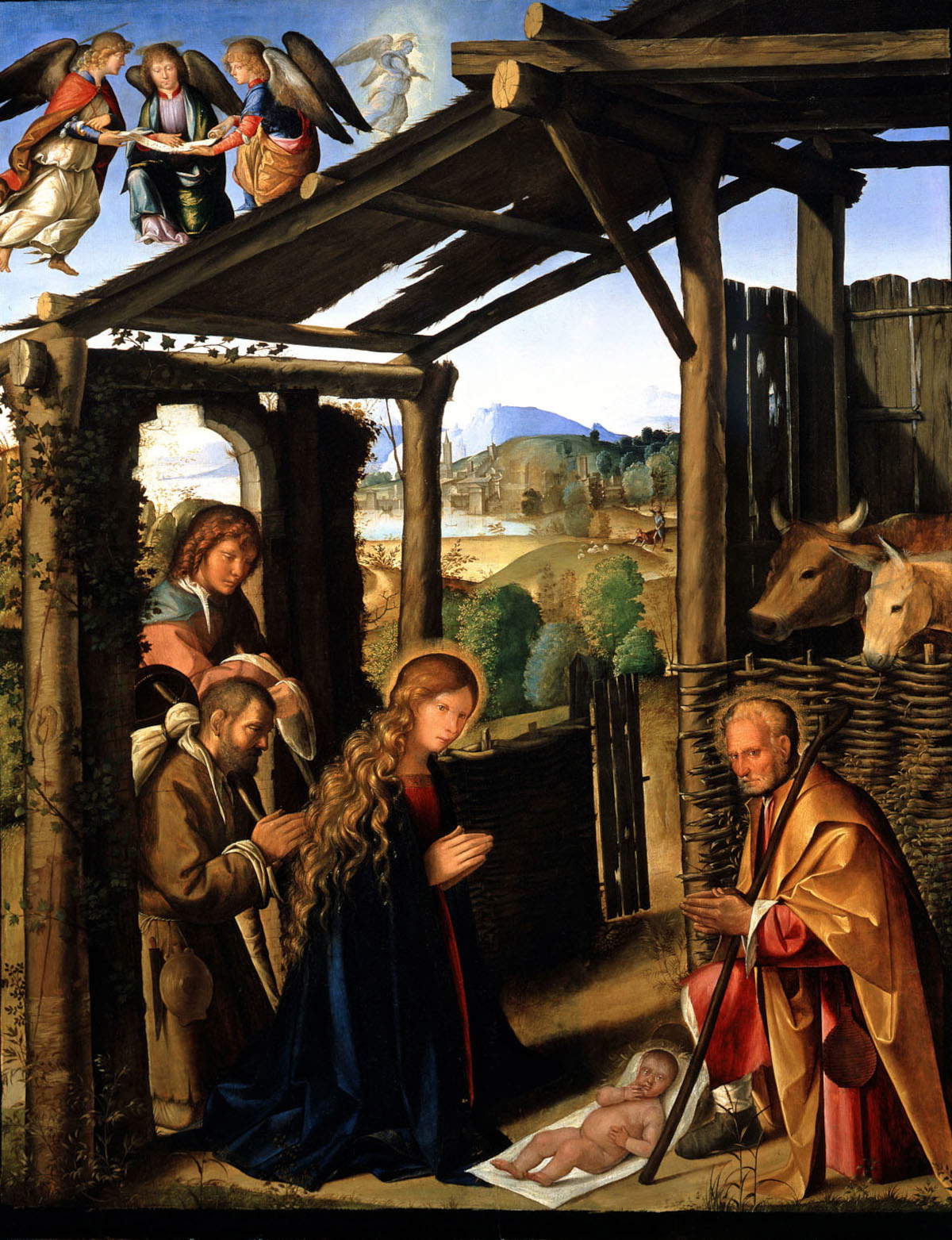On the occasion of the 500th anniversary of the death of Boccaccio Boccaccino (Ferrara?, 1462/ante August 22, 1466 - Cremona, 1525), the Diocesan Museum of Cremona presents the first monographic exhibition dedicated to the artist, scheduled from October 10, 2025 to January 11, 2026. The exhibition’s scientific direction is entrusted to Francesco Ceretti and Filippo Piazza, assisted by a scientific committee that includes Gabriele Barucca, Francesco Frangi, Maria Cristina Passoni, Cristina Quattrini, and Marco Tanzi. The exhibition, organized with the collaboration of the ABAP Superintendency for the provinces of Cremona, Lodi and Mantua and under the patronage of the Department of Musicology and Cultural Heritage of Cremona at the University of Pavia, is an opportunity to deepen the study and knowledge of an artist little known to the general public, but of significant importance in the artistic panorama of the Renaissance in northern Italy. Boccaccino, described by Giorgio Vasari in his famous Lives as a “rare” and “excellent painter,” proposed himself on the scene as a remarkable interpreter of the lesson imparted by Leonardo da Vinci in Milan and Giorgione in Venice.
The idea for this monograph stems from the acquisition by the Diocesan Museum of Cremona of a panel by the painter, a fragment of an altarpiece once located in the church of San Pietro al Po in Cremona. It is thelast work made by Boccaccino shortly before his death. With this acquisition, the museum now boasts the richest collection of works by the artist, including the restored altarpiece fragment, theLudovisi Annunciation (on permanent deposit from the Fondazione Arvedi Buschini), the Crucifixion and the Holy Family with Mary Magdalene.
Through loans from important museums, including the Uffizi Galleries, the Galleria Estense, the Capodimonte Museum, the Civic Museum of Padua and the Correr Museum, the exhibition traces Boccaccino’s entire artistic career, documenting his activity attested in Ferrara, Genoa, Milan, Venice, Rome and Cremona, in whose Cathedral the extraordinary fresco cycle in the nave is preserved. It will thus be possible to understand the importance of the artist within the broader context of the Italian Renaissance between the end of the 15th century and the first three decades of the 16th century.


The exhibition itinerary begins with the painter’s beginnings, with theAdoration of the Shepherds from the Capodimonte Museum and the Madonna and Child from the Civic Museums of Padua, which illustrate his stylistic characteristics, influenced by the culture of Emilia-Ferrara and suggestions of Leonardo’s matrix.
Testifying to Boccaccino’s change after his daring move from Ferrara to Venice in the year 1500 is theAdoration of the Shepherds from the Galleria Estense in Modena, in which references to Giorgione’s language emerge. Prominent among his early Venetian works is the altarpiece for the church of San Giuliano-the so-called San Zulian altarpiece, now immovable-evoked by the Madonna and Child Enthroned and a Donor, from a private collection and never before exhibited.
During his stay in Venice, Boccaccino developed a refined language, evident in the pair of Evangelists and the famous Zingarella in the Uffizi Galleries. This phase allowed him to engage with the theme of “sacra conversazione a mezze figure,” patented by Giovanni Bellini and widely used. One example is the Madonna and Child between Saints John the Baptist and Catherine of Alexandria in the Correr Museum in Venice.
In the summer of 1506, the artist arrived in Cremona, where he was commissioned to fresco the apse basin of the cathedral and theAnnunciation on the holy arch, a work replicated in the splendid panel formerly in the Ludovisi collection, now in the Diocesan Museum in Cremona. From the same period are the recently restored 1508 Altarpiece of St. Agatha and the Crucifixion on Canvas, both in the museum. However, Boccaccino’s grandest undertaking was the creation of the Stories of the Life of the Virgin and Childhood of Christ on the left wall of the nave of Cremona Cathedral (1514-1519). The exhibition’s proximity to the Cathedral provides an opportunity to admire this fresco cycle in person.
The exhibition concludes with two works from Boccaccino’s late maturity: the Portrait of a Gentleman from a private collection, hitherto never exhibited and now the only evidence of his portrait production, and the restored fragment of the so-called Fodri Altarpiece. In these works, created despite his advanced age, the artist shows that he assimilated the innovations of artists of the Po Valley Renaissance such as Girolamo Romanino and Altobello Melone, and that he was included in the most influential cultural circuits of his time, always maintaining the esteem of his contemporaries.
The exhibition will be accompanied by a catalog, published by Officina Libraria, with essays by the curators and other scholars, enriched by files on the works on display.


 |
| At the Diocesan Museum of Cremona the first monographic exhibition dedicated to Boccaccio Boccaccino, 500 years after his death |
Warning: the translation into English of the original Italian article was created using automatic tools. We undertake to review all articles, but we do not guarantee the total absence of inaccuracies in the translation due to the program. You can find the original by clicking on the ITA button. If you find any mistake,please contact us.